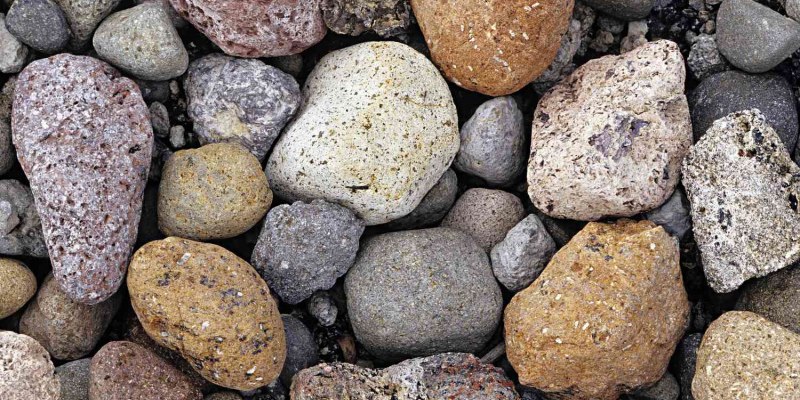How can we help you
Abrasives are indispensable tools in the world of manufacturing and maintenance, playing a crucial role in shaping, finishing, and preparing surfaces for various applications. From industrial machinery to everyday household items, the use of abrasives is widespread.
The first characteristic that defines abrasives is their material composition. Abrasives can be made from a variety of materials, each with its own set of properties that influence their performance. Common materials include aluminum oxide, silicon carbide, diamond, and cubic boron nitride. Aluminum oxide is known for its hardness and resistance to wear, making it suitable for general-purpose applications. Silicon carbide is favored for its ability to handle high temperatures and its suitability for cutting ferrous materials. Cubic boron nitride is valued for its ability to cut even harder. Diamond, the hardest known material, is ideal for cutting and grinding hard materials. TransGrind diamond grinding tools, such as metal diamond tools and PCD removal tools, utilizing the exceptional hardness and wear resistance of diamond, serve as high efficient and precise cutting and grinding solutions for a wide range of hard materials in various industrial applications.
Another defining characteristic of abrasives is their grit size, which refers to the size of the abrasive particles. Grit size is crucial in determining the abrasive’s cutting ability and the smoothness of the finished surface. A higher grit number indicates finer particles, resulting in a smoother finish but slower material removal. Conversely, a lower grit number means coarser particles, which can remove material more quickly but may leave a rougher surface. The choice of grit size depends on the specific application, whether it’s for heavy-duty grinding or delicate polishing.

The bonding of abrasives is another critical aspect. Abrasives can be bonded to various substrates such as cloth, paper, rubber, or metal. The type of bond affects the flexibility, durability, and cutting ability of the abrasive. For instance, resin-bonded abrasives are flexible and can conform the curved surfaces, making them ideal for contoured work. Metal-bonded abrasives, on the other hand,are rigid and offer excellent durability and cutting power, suitable for heavy-duty grinding tasks.
Lastly, the safety and environmental impact of abrasives are increasingly important considerations. Many abrasives generate dust and debris during use, which can pose health risks if not managed properly. Modern abrasives are being developed with safety in mind, incorporating features like dust-free technology to minimize exposure. Additionally, the environmental impact of abrasives, particularly in terms of disposal and recycling, is a growing concern. Manufacturers are focusing on creating more sustainable products that can be recycled or disposed of in an environmentally friendly manner.